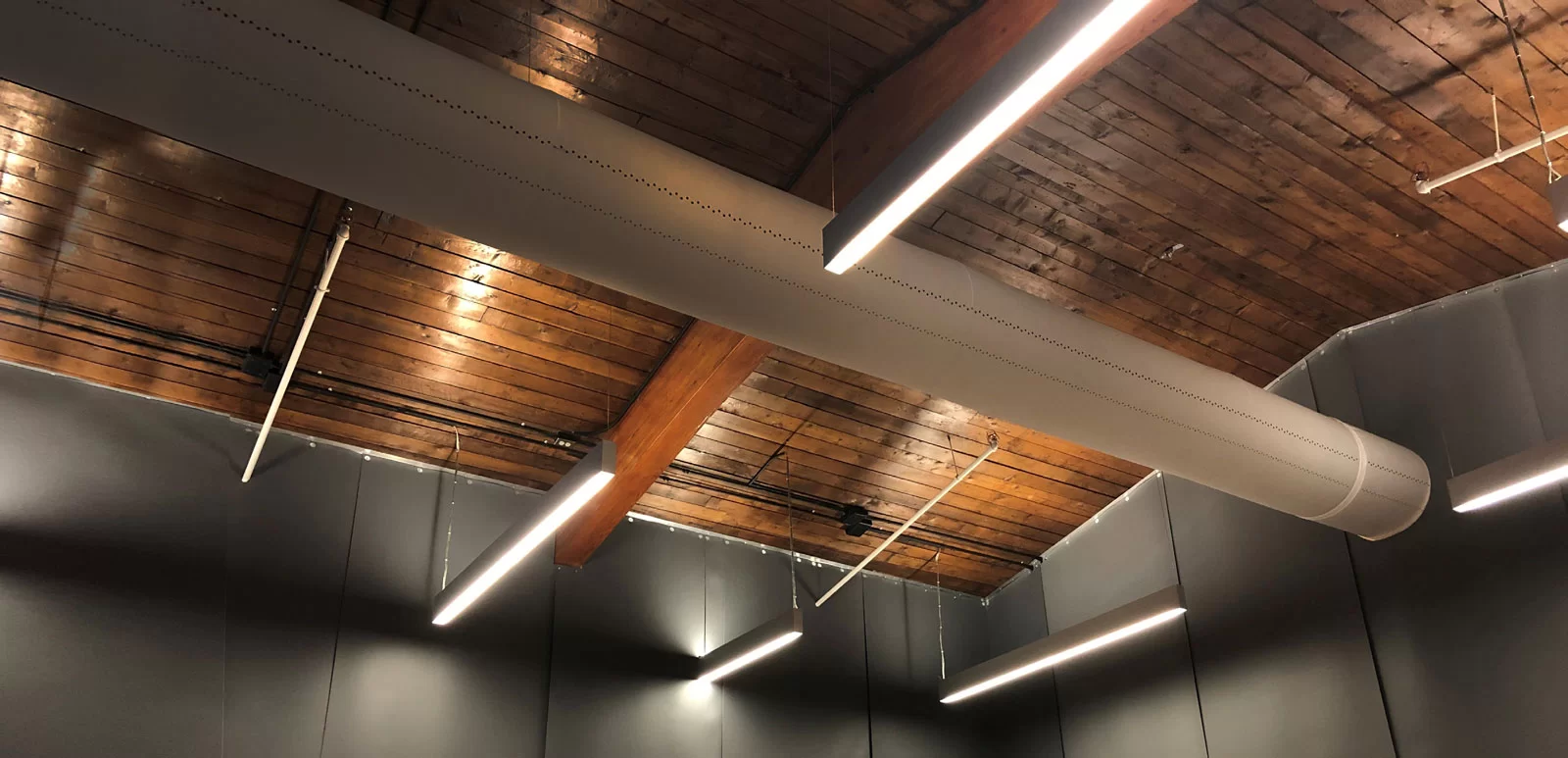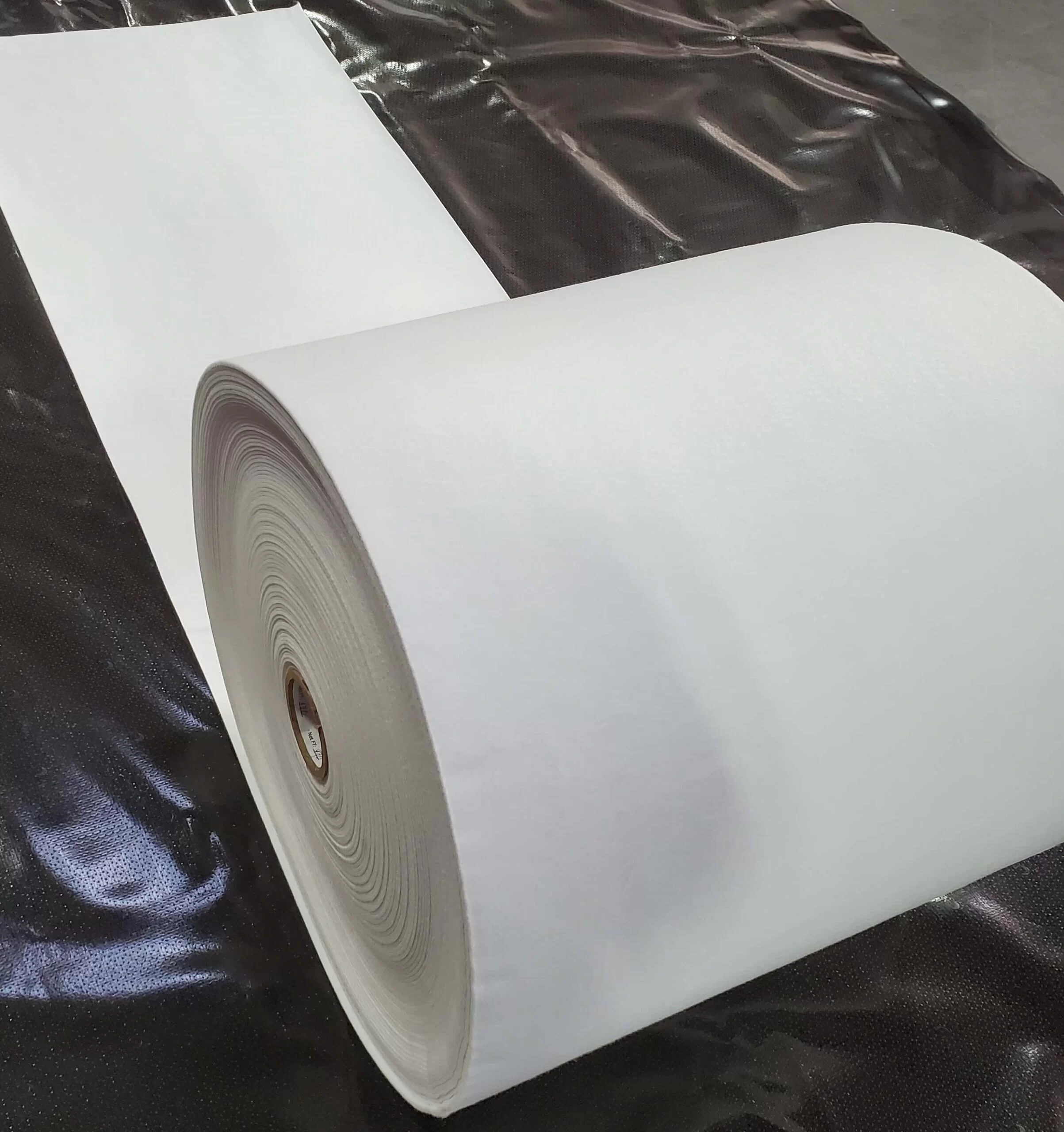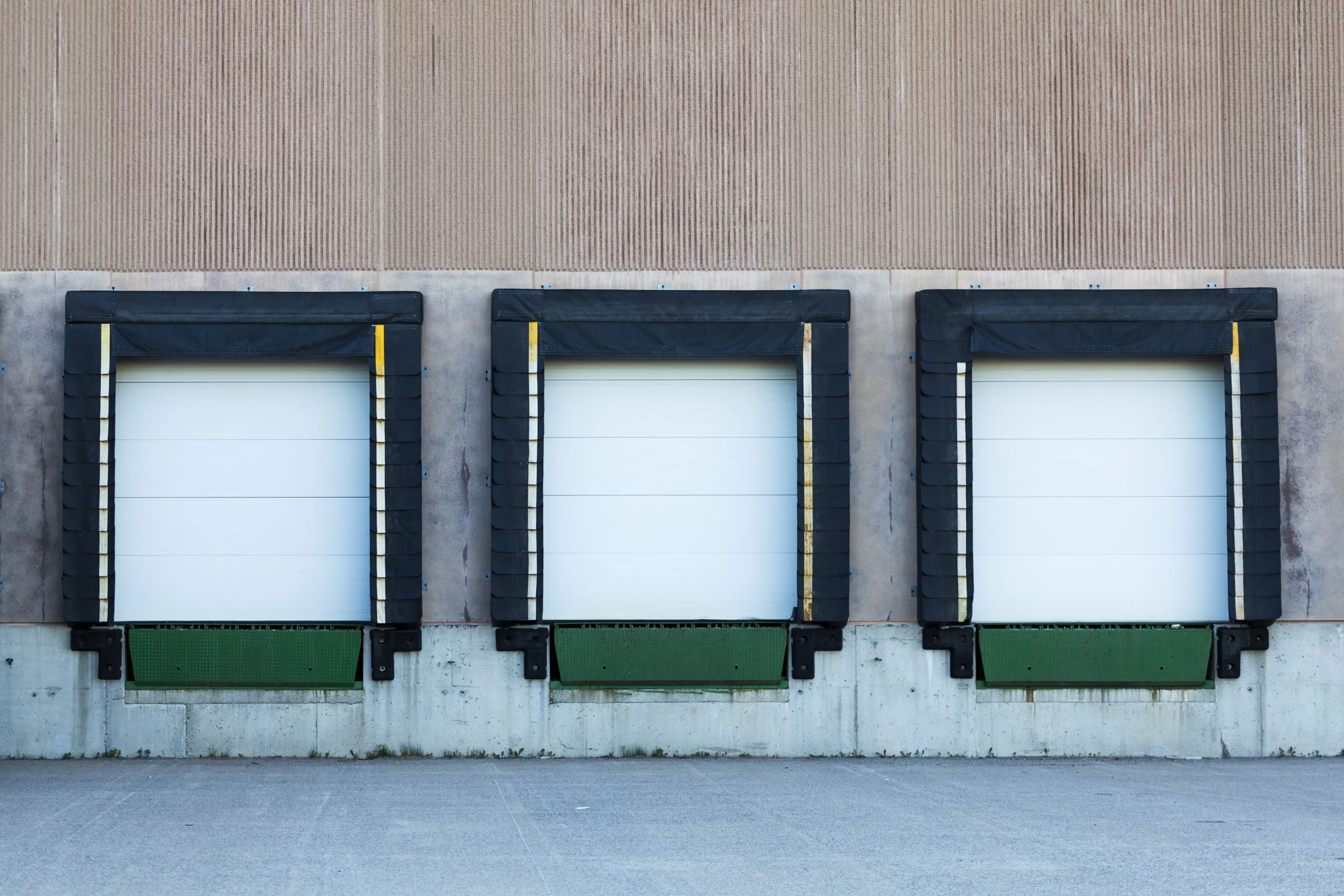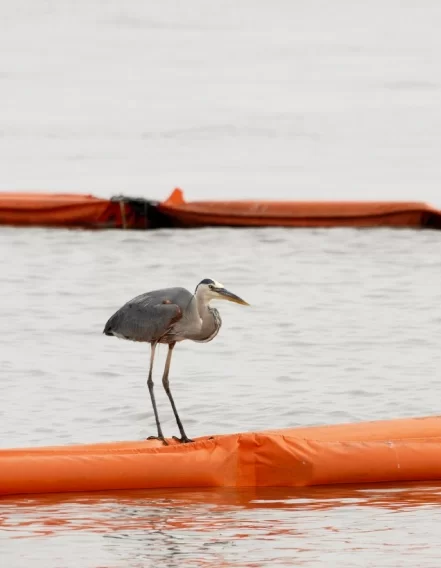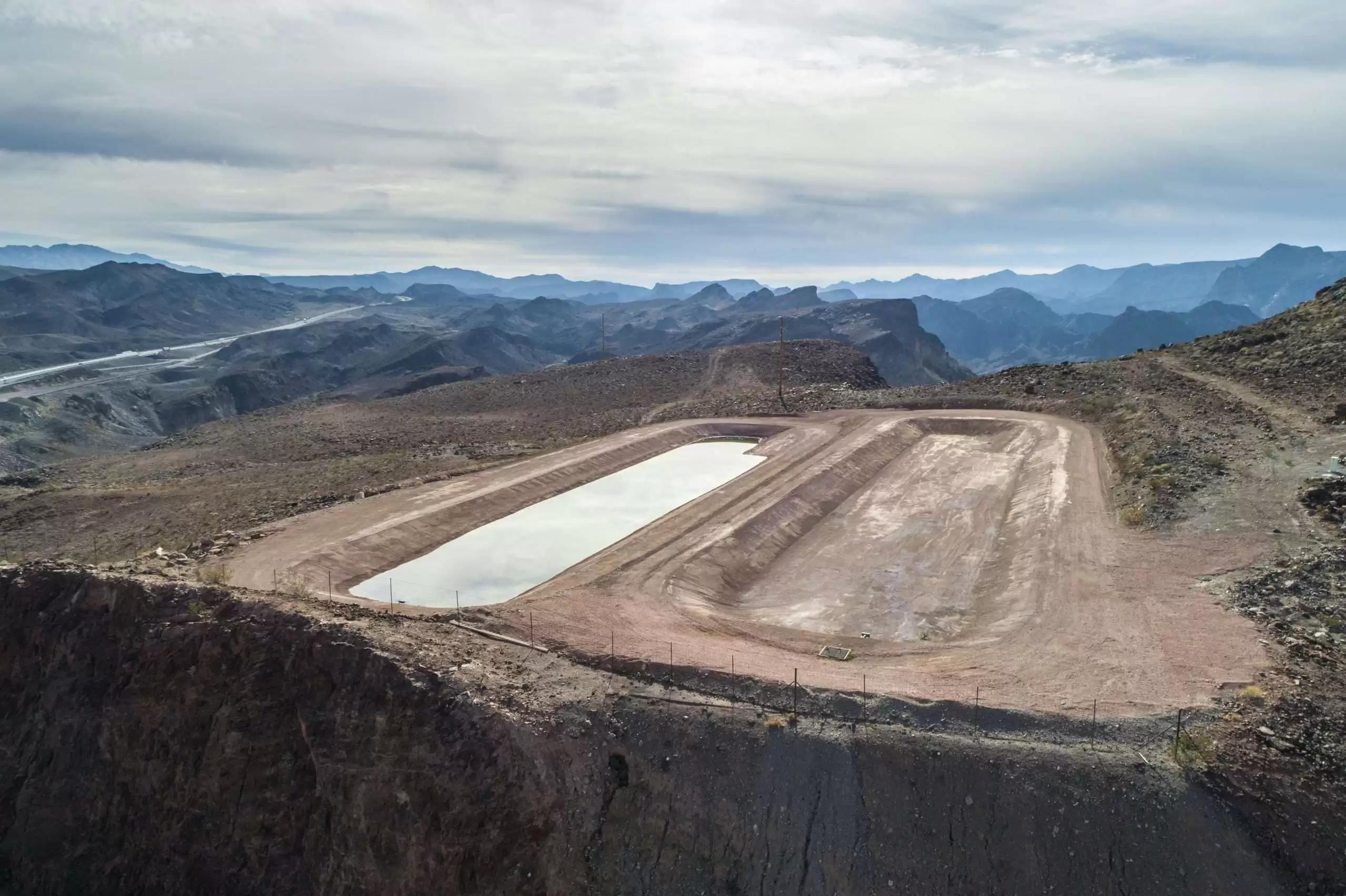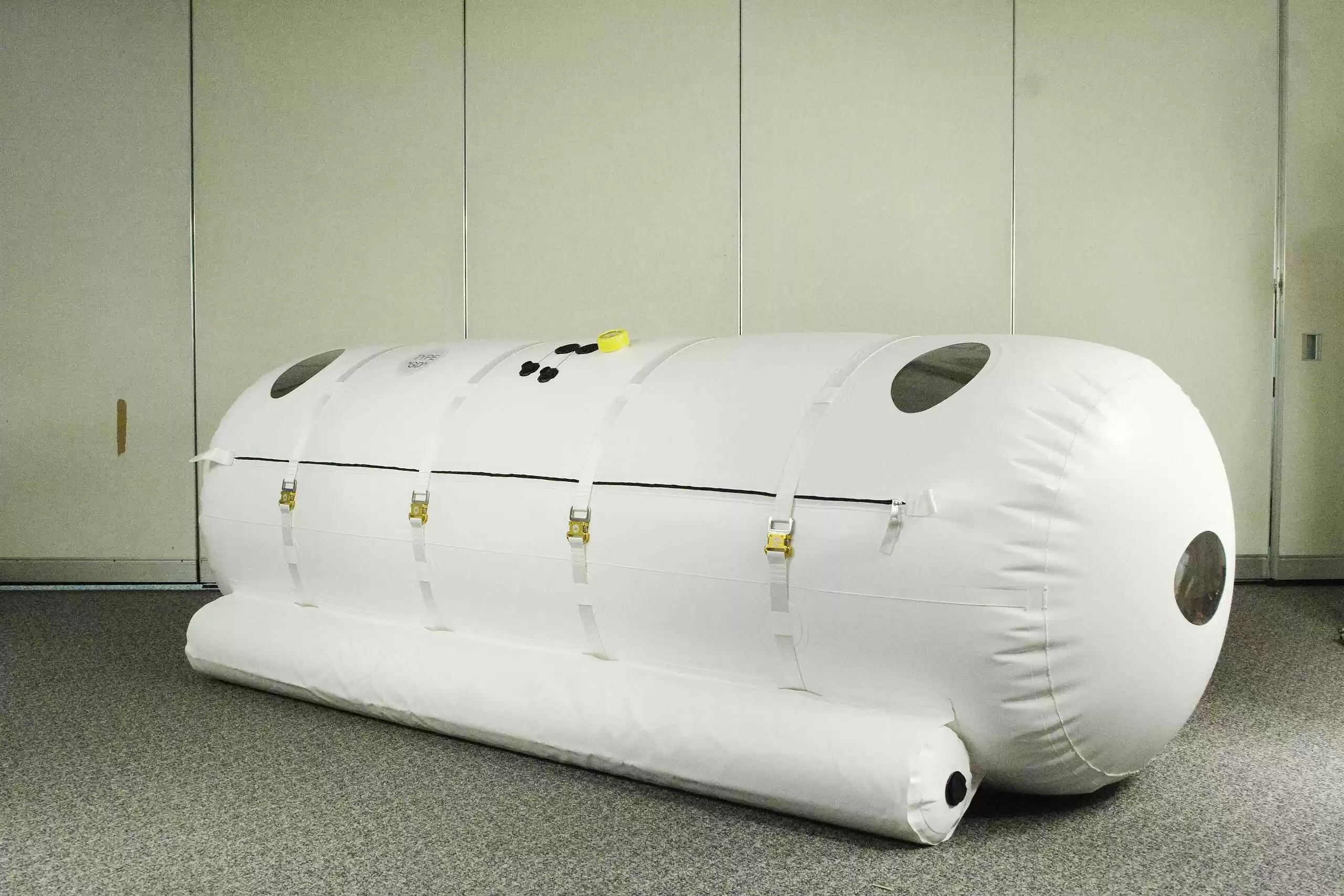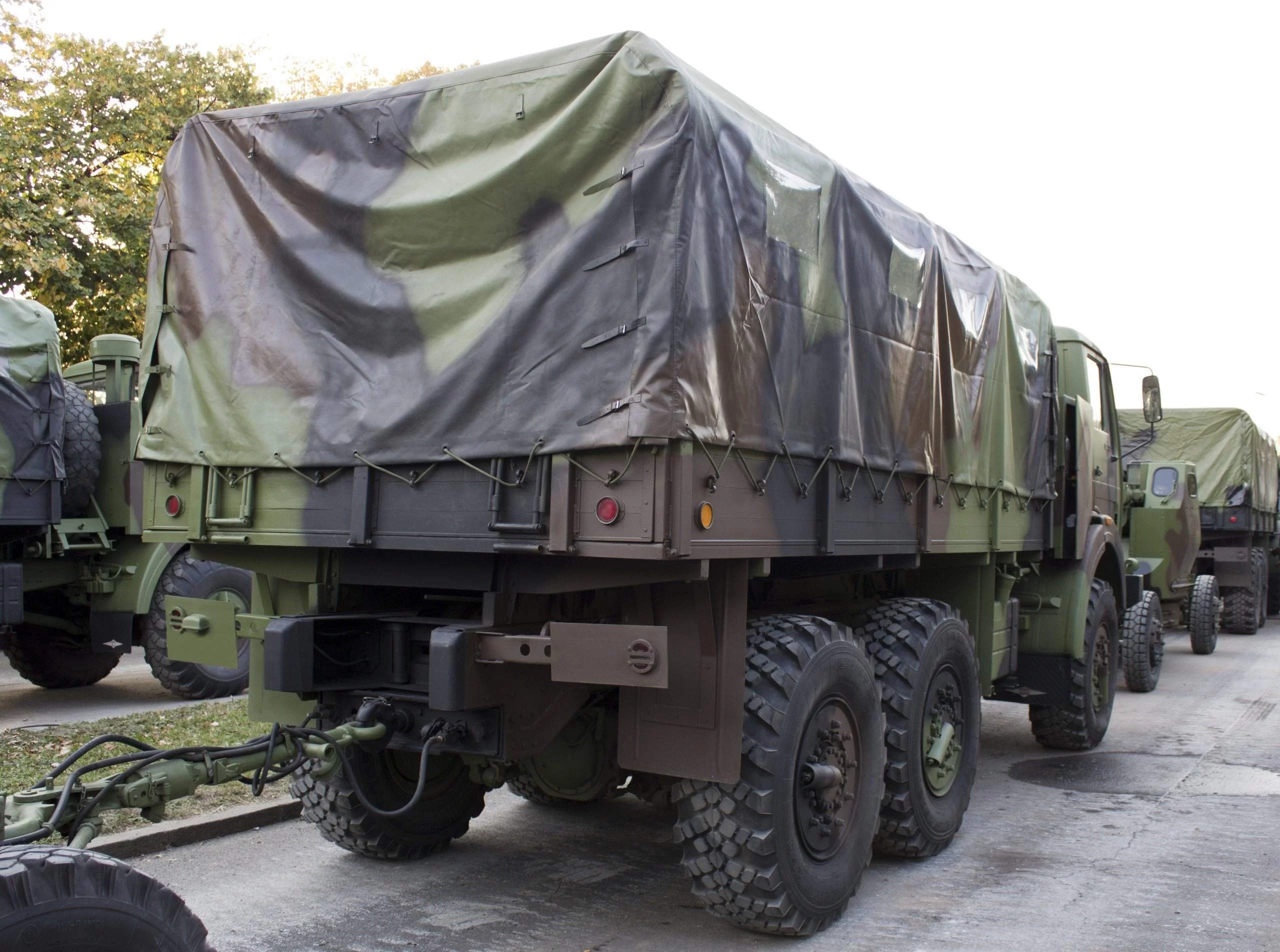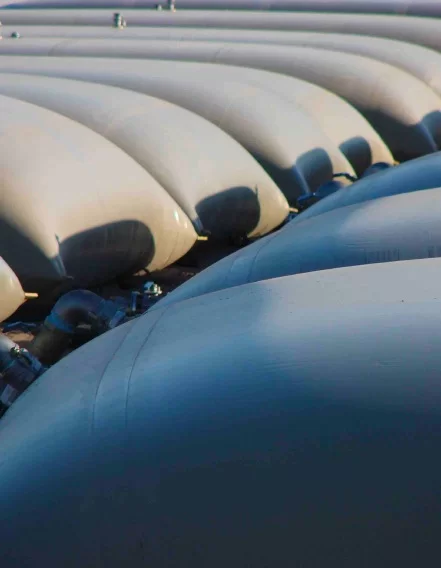If you’re considering fabricating a CIPP pipe, you’ll need to decide which type of coated fleece liner is right for you. This article compares the two most popular polymers Ester vs Ether used for the CIPP application. By the end of this short read, you’ll have a better understanding of what to request from your supplier.
Table of Contents
Coated Fleece used to fabricate CIPP Pipe liners
Coated Fleece used to fabricate CIPP Pipe liners is generally made with needle punch or knitted high-loft fabrics with a polymer coating on one side in order to help maintain pressure as the liner is installed.
A few polymers are used today to coat nonwovens in this application. Thermoplastic Polyolefin(TPO), and ThermoPlastic Urethanes (TPU) are the two most popular we hear about and use. TPO’s can be inexpensive but boardy to work with, while TPU offers a soft hand, superior abrasion resistance, and good high-temperature resistance at a higher price point.
ESTER Vs ETHER: the Chemical comparison
Thermoplastic Polyurethane is made up of 2 main chemistries PolyEther and PolyEster chemistry. Generally speaking, Ester has great chemical and tensile properties, while PolyEther generally exhibits better hydrolytic stability for wet applications, and will generally last longer in wet applications.
Learn About Our Capabilities for CIPP Applications
5 Reasons Ester TPU is more widely used in CIPP applications
1 – Ester based TPU is more chemically resistant than polyethers.
While CIPP is generally considered a wet application, the chemical resistance of the Ester TPU makes it a better fit in the curing process. When Pipe Liner is curing the resins that have been used to saturate the fleece will begin to give off VOC compounds. Ester is better adapted to resist the effects of this chemical attack. The chemical resistance of the Ester TPU also helps it survive the harsh conditions in the sewer once the pipe has been lined.
2- Ester TPU has better abrasion and cut resistance
When comparing similar stiffnesses with an Ether TPU, Ester TPU has better abrasion and cut resistance. TPU can be made with varying durometers. Meaning depending on the application the liners can become stiffer or more flexible.
3- Repairing Ester TPU can be an easier process
Repairing Ester TPU can be an easier process because the repair can be made with less volatile solvents such as MEK as opposed to THF which is a more volatile solvent.
4- Ester TPU offers a better bond to fleece
In many cases, the bonding characteristics of Ester TPU’s can give you a better bond to fleece. This becomes important as the pipe liner is inverted and inflated in the tube. Having delamination in a pipe is a disaster.
5 – Ester has the price advantage
Last but not least and generally a driving factor in any industry is that Ester TPU is generally priced lower than Ether-based TPU. There is a pound for pound price advantage of using Ester.
Most Common applications for Ether
We generally see the use of Polyether TPU’s in Potable water applications. Potable water applications will need NSF certification. Very few Polyester TPU’s will have this certification due to the Polyester chemistry having poor hydrolysis resistance.
The Supplier of Choice for Your Coated Fleece for CIPP
E Squared Technical Textiles is a custom extrusion coater of thermoplastics. We have been coating felts with either TPU or Flexible PVC for over 30 years. Our equipment is well suited to get great film bonds to nonwoven fleeces.
E Squared has the unique ability to coat up to 120” widths in thicknesses of 8 mils up to over 100 mils. We are able to scale up production to suit your needs running 2 different extrusion lines capable of doing large and small production runs, as well as pilot test runs up to 6” wide.
E Squared is conveniently located near a handful of non-woven manufacturers which makes logistics easy and fast.
We have in-depth knowledge of polymers, textiles, and coatings. Whether you already have a design for a coated non-woven or want us to design and work with you to develop something unique for your applications we can help.
– Credit to Tim Jacobs from Covestro for sharing his professional insight on the subject of Ether vs Ester for use in CIPP.

